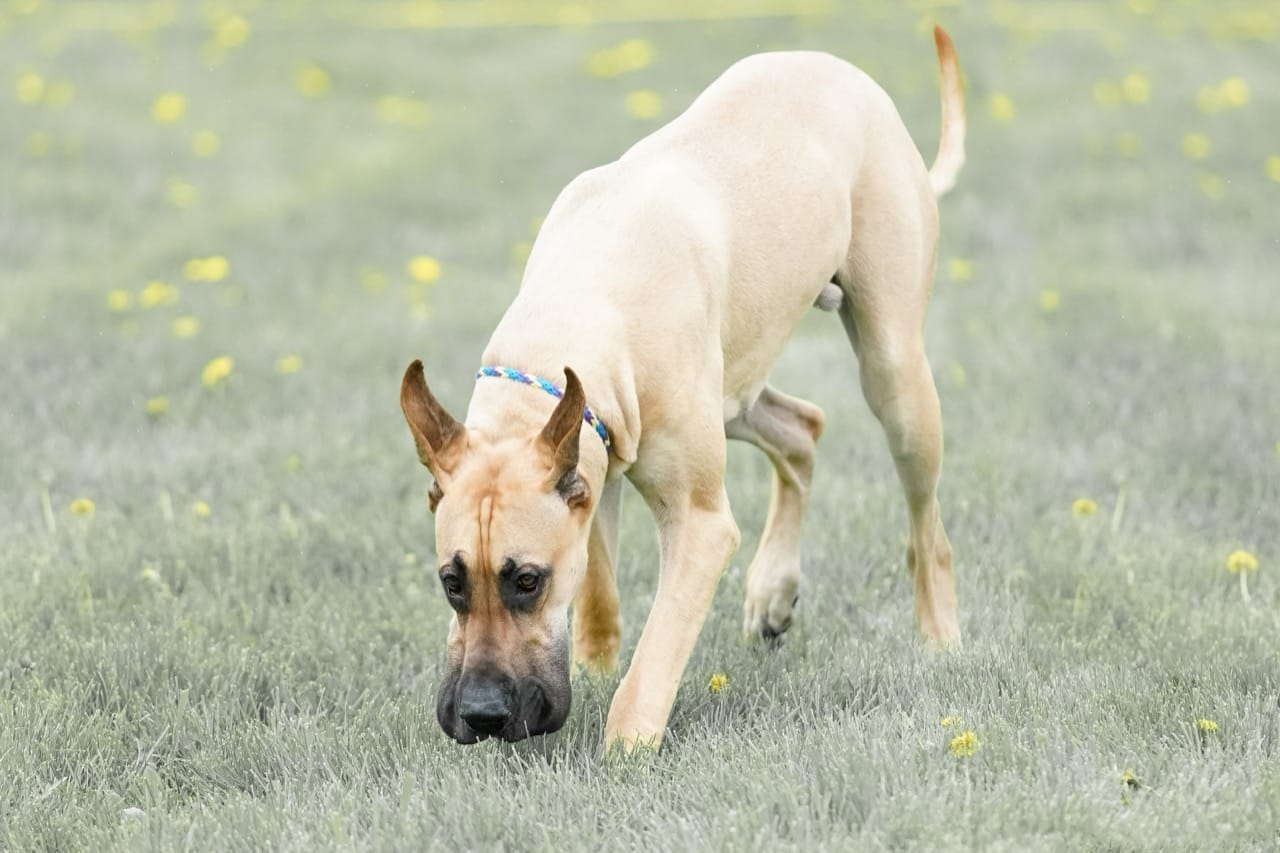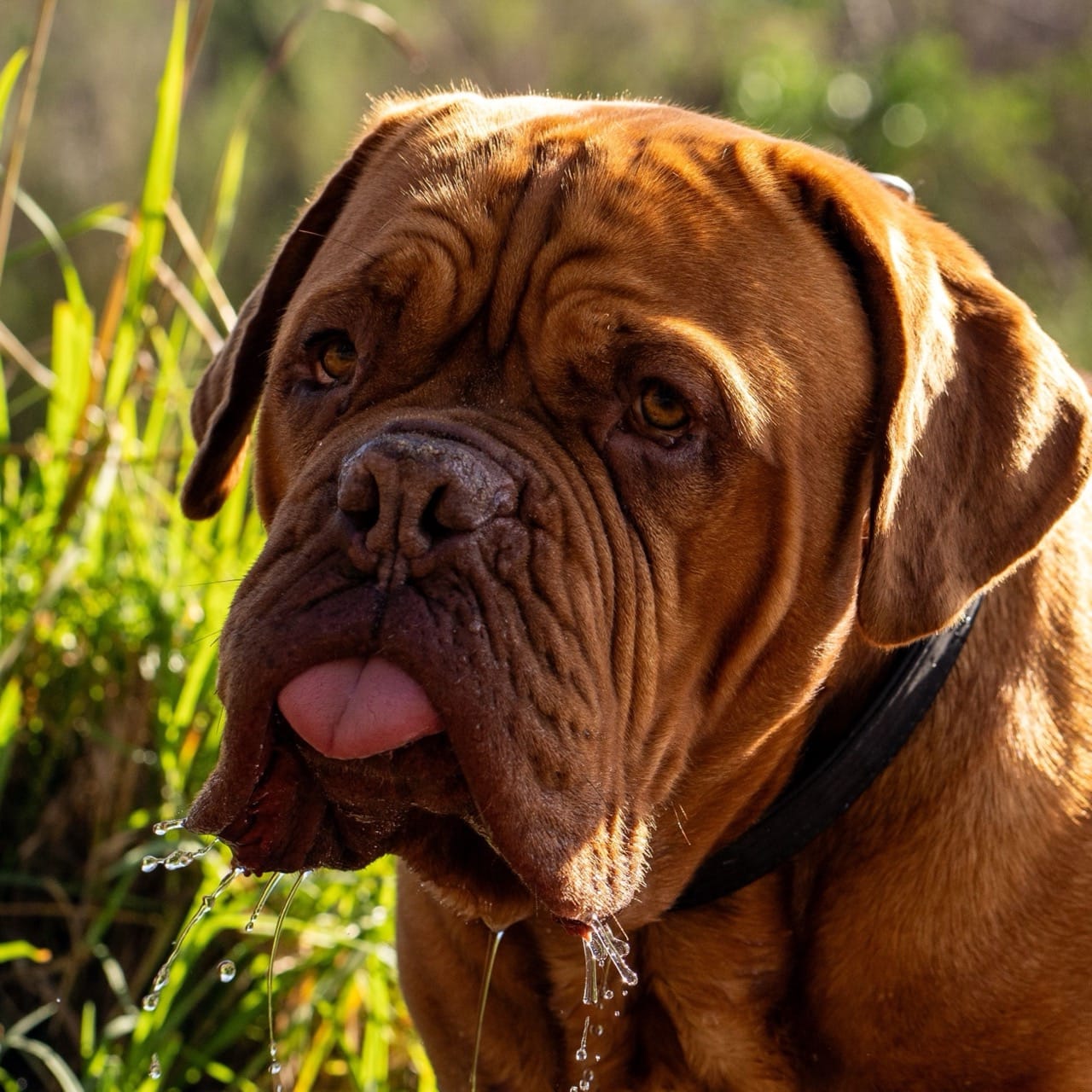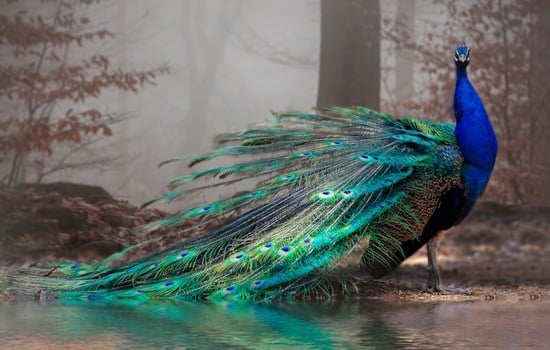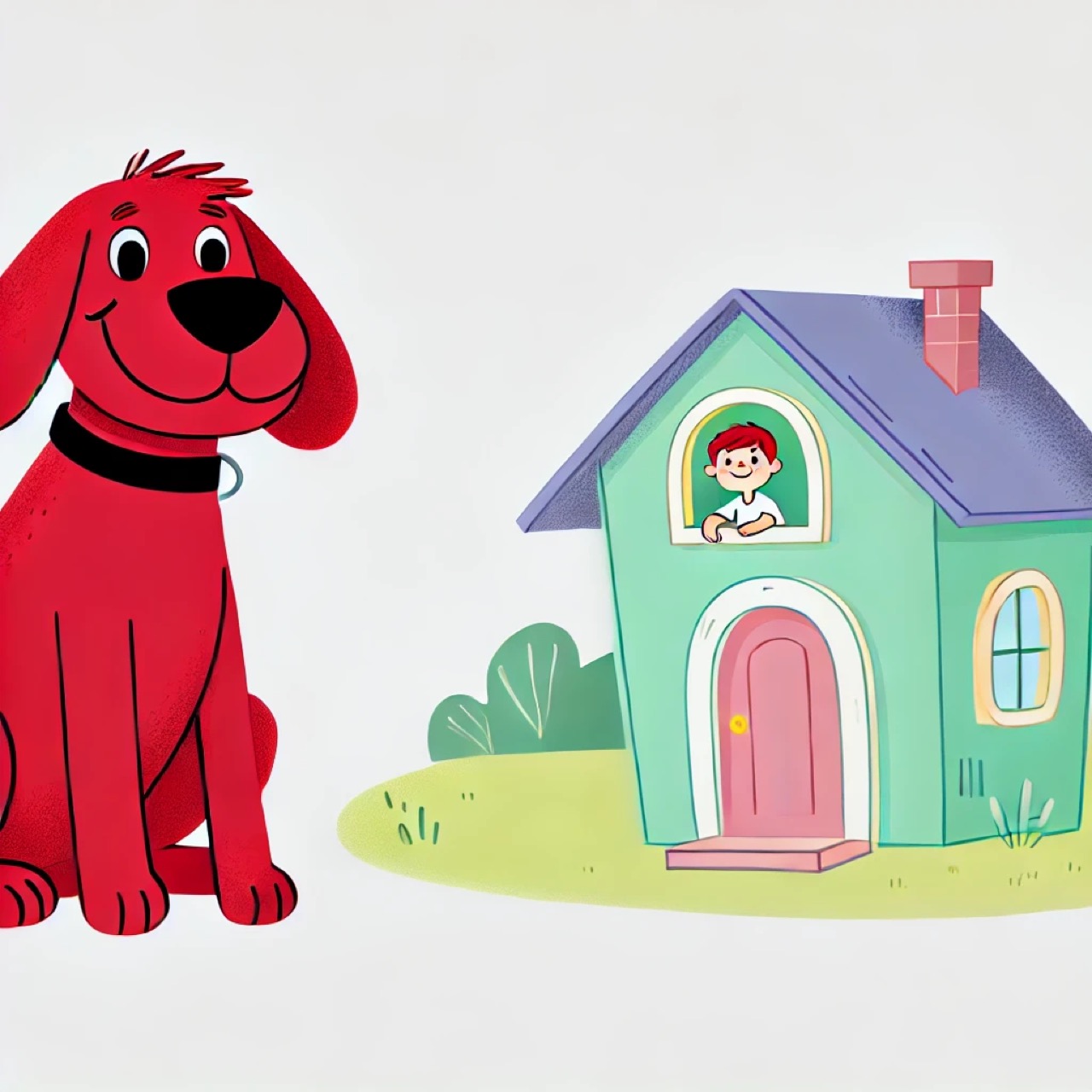
Clifford the Big Red Dog has been a childhood hero for generations. His happy-go-lucky and loving personality has been making this character shine in books, TV and film since the 1960s, while his monstrous size and bold red colouring shows kids that it’s okay to be different.
At first, Clifford is just an imaginary pet — no real dog on earth could possibly look the way he does! But if we peel back the layers, signs of Clifford’s dog breed start to reveal themselves. Read on to unravel the mystery behind what breed of dog Clifford is, and pick up some fun dog facts along the way!
Clifford’s Personality and Character
Clifford the Big Red Dog is a well-trained, loving and helpful mutt with a vibrant personality. He’s super friendly and sociable, loves hanging out with his favourite dog friends Cleo and T-Bone and keeping up a great relationship with his eight year old owner, Emily Elizabeth Howard. He’s confident and protective, always down for an adventure, so trusting that he’s almost gullible but, if things go wrong, he can usually figure out a solution to his problems.
Possible Dog Breeds for Clifford the Big Red Dog
With Clifford’s personality traits in mind, there are several theories as to what the huge mutt’s true breed is. Here are some of the top choices that have been narrowed down by fans over the years:
Bloodhound
The original illustrations of Clifford the Big Red Dog, on which the author based his writing, featured a little girl with a pony-sized bloodhound for a pet. These illustrations soon evolved into the fantastically giant red dog known on TV screens today. But, while Clifford doesn’t look exactly like a bloodhound anymore, he still shares a number of tell-tale traits with this breed.
Clifford’s large floppy ears, long face and large size are a great match for a bloodhound. But most importantly, bloodhounds sport a reddish coat of fur, albeit not as on-the-nose as Clifford’s child-friendly colours, but close enough for a solid similarity. Sweet, clumsy and curious, this breed is almost a spot-on match for Clifford, barring the cartoonishly huge size.
Vizsla
Vizslas are another top match for Clifford’s true dog breed, sporting big floppy ears like Clifford, with a goofy, boisterous and clumsy personality. These friendly and social dogs adore the outdoors and have super high energy levels perfect for taking on adventures, just like Clifford does in every episode. They’re ultra dependent and sometimes a little clingy, like Emily Elizabeth Howard knows all too well, and they love spending time outside with their owners.
With reddish coats varying from bright red to rust and gold, Clifford the Big Red Dog would be a perfect vizsla, if he was only a little leaner and a fraction of his size.
Labrador Retriever
Clifford could also easily be a labrador retriever. Many fans are sold on this idea after having their own experiences with this top family dog, with Clifford being equally as loving, affectionate and loyal with Emily Elizabeth as the breed is in real life.
Labrador retrievers are outgoing and active, sociable and friendly despite their large size, and love spending time around other dogs and humans, just like Clifford. They’re also reasonably intelligent and are relatively easy to train, which Clifford shows through his good behaviour and problem-solving abilities. However, while red labradors do exist, they’re quite rare, and come in no near colour to Clifford.
These three breeds seem to settle the score. But fringe fan theories suggest that Clifford could also be a Great Dane, a Mastiff or a discoloured Golden Retriever. He might even be a mix of the above breeds!
Creating Clifford the Big Red Dog
Since comparing Clifford’s personality to real dog breeds doesn’t give any solid answers, we’ll need to dive into cartoon history to find out what Clifford’s original creator has to say.
How Clifford the Big Red Dog was Created
Clifford the Big Red Dog was spawned from the mind of Indianan author and illustrator, Norman Bridwell. Clifford the Big Red Dog was the first book he’d ever penned, and the first instalment of the 90-book series took him only three days to write back in 1962, before the franchise slowly started taking the world by storm when the first book was published the following year.
As a first-time author, Norman tipped his hat to his family through his books in ways which still shine through in the modern series. Clifford was named after his wife’s childhood imaginary friend, after she rejected Norman’s original idea of naming the huge pup ‘Tiny,’ while Clifford’s owner, Emily Elizabeth Howard was actually named after Bridwell’s own daughter, Emily Elizabeth Merz.
Norman’s vast book series later inspired three TV series: the original 1988 animated series; the 2000 reboot, Clifford the Big Red Dog; the 2003 spin-off, Puppy Days; and the 2019 re-reboot of the original series. In 2021, the franchise’s first film Clifford the Big Red Dog hit screens and streaming services, despite Bridwell not living to see the day, having died in 2014 at 86 years of age.
Clifford’s Mix-Breed Personality
Bridwell once mentioned Clifford was a cross-breed in terms of personality, with Norman taking the traits of multiple breeds and smashing them all into one to create Clifford’s unforgettable personality. He also wanted Clifford to feel relatable to our real-life pets — not battling mythical and fantastical enemies but acting like a normal, abnormally large mutt, spending time with his dog pals and loving owner.
Why is Clifford so Red?
None of the red-coloured dog breeds above account for Clifford’s dramatic colour. Then again, a child-friendly, cartoon dog likely won’t share the subtle and intricate hues of a real breed. But why did Norman Bridwell make his iconic dog bright red?
The answer is simpler than you might think. According to legend, that shocking shade of red was the only paint Norman had on hand the night he was illustrating Clifford. And it’s just as well; an abnormally bright red coat is just what Clifford needed to make his character pop out in the children’s books and become an instant TV icon.
Why is Clifford so Big?
Clifford’s towering size has always been a mystery. In the spin-off prequel series,“Puppy Days,” it’s shown that Clifford used to be so small he could hide inside a pumpkin and fit in the palm of his eight-year-old owner’s hand. In the books, he was the runt of the litter, the tiniest pup in his litter born to average-sized dogs giving no inclination that he was about to grow into a 25ft tall hound. He plays hide and seek with his dog pals by hiding his face amongst the tree leaves like a giraffe, and even forced the Howard family to move house when he outgrew its size.
However, in the 2022 film Clifford the Big Red Dog, the writers finally revealed the reason why Clifford grew to such a ridiculous size. The film character, Mr. Bridwell (named after the author and played by John Cleese) shared the following exchange with Clifford’s owner, Emily Elizabeth Howard:
Emily: How big is he going to get?
Bridwell: That depends, doesn’t it?
Emily: On what?
Bridwell: On how much you love him.
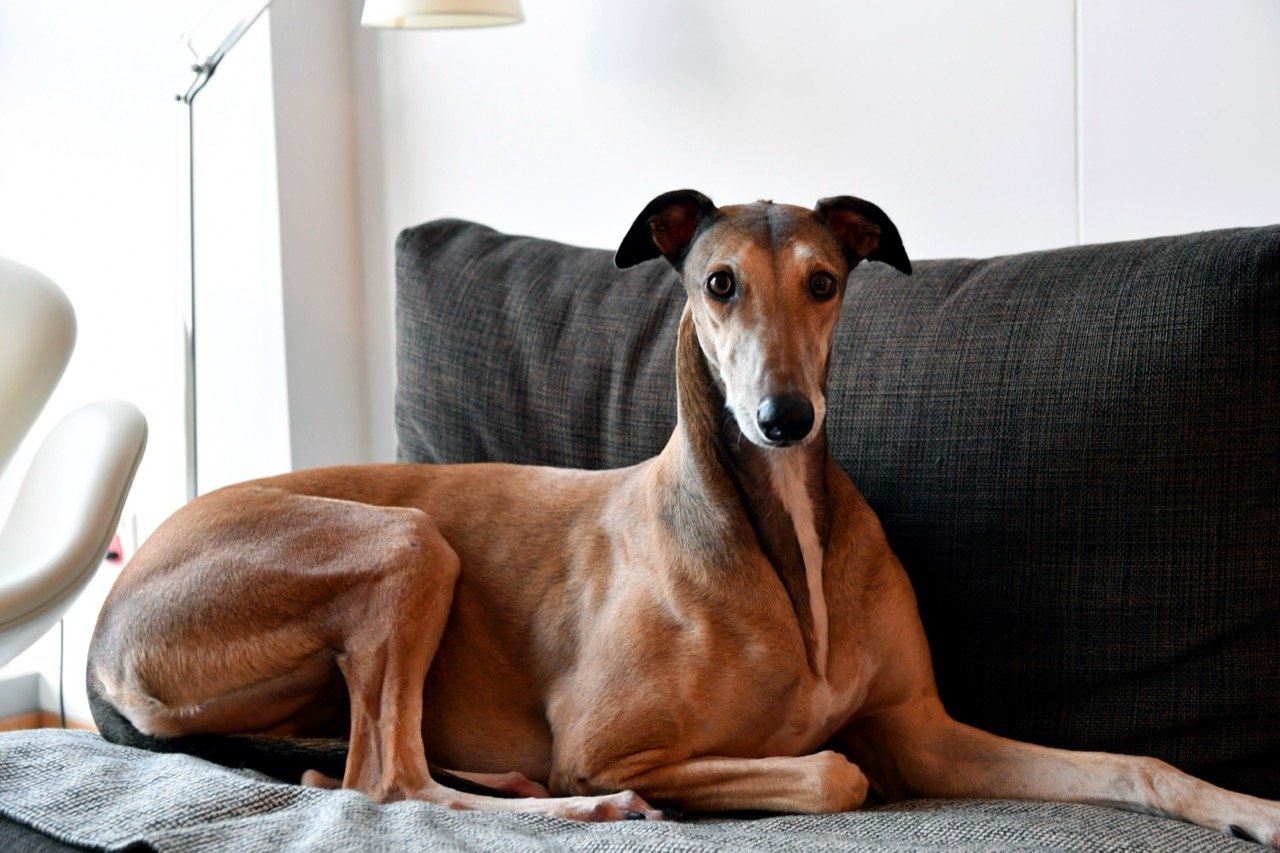
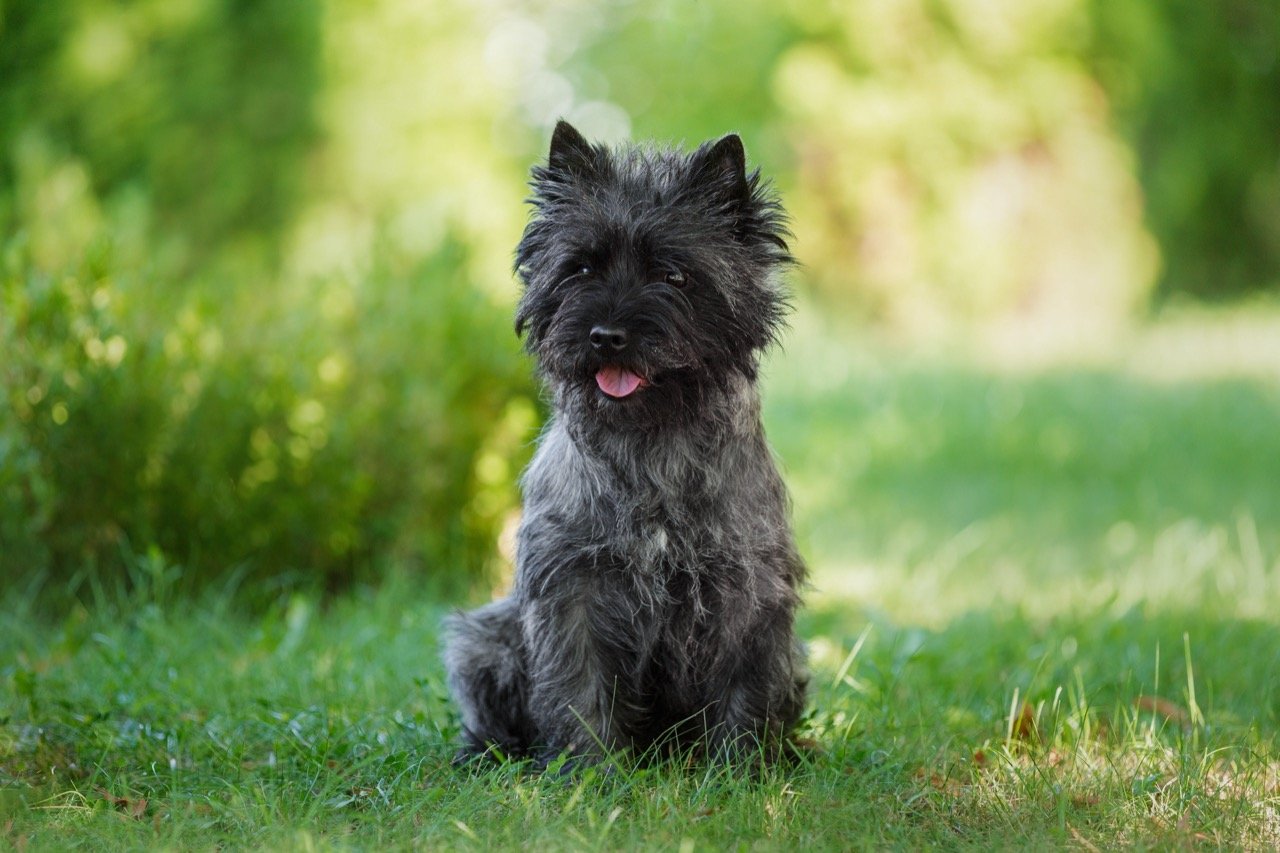
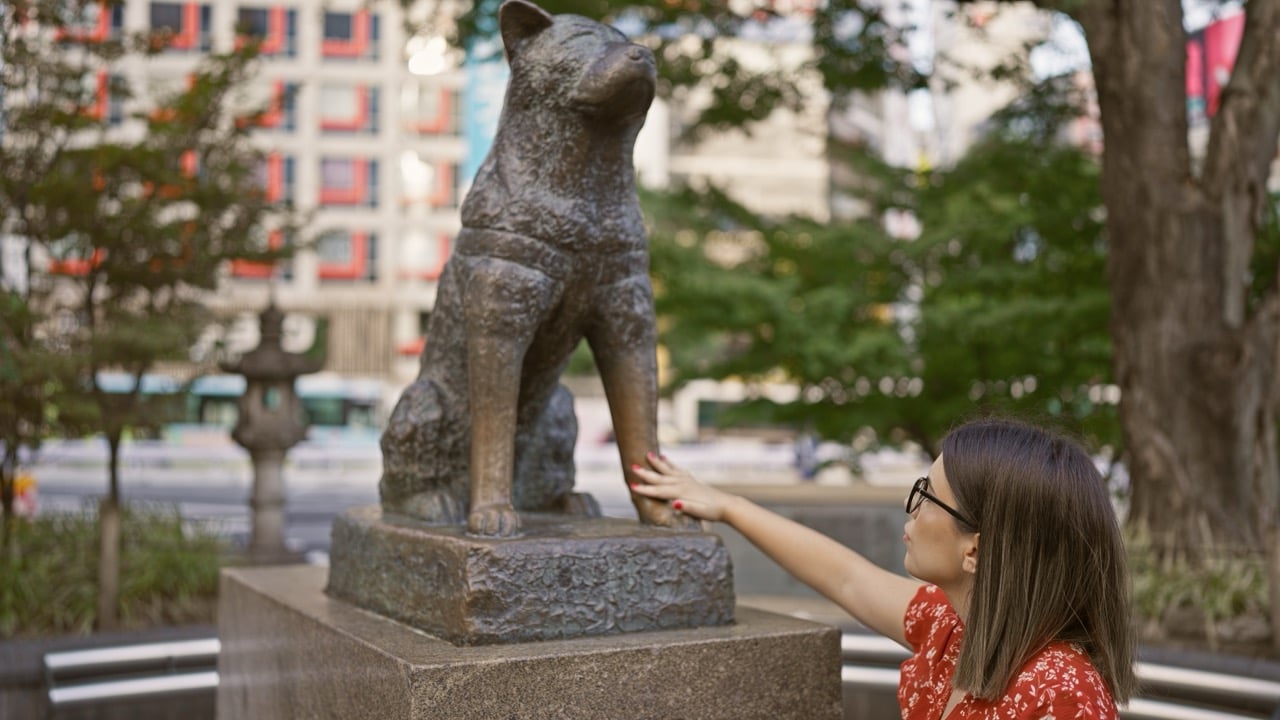
.jpeg)
